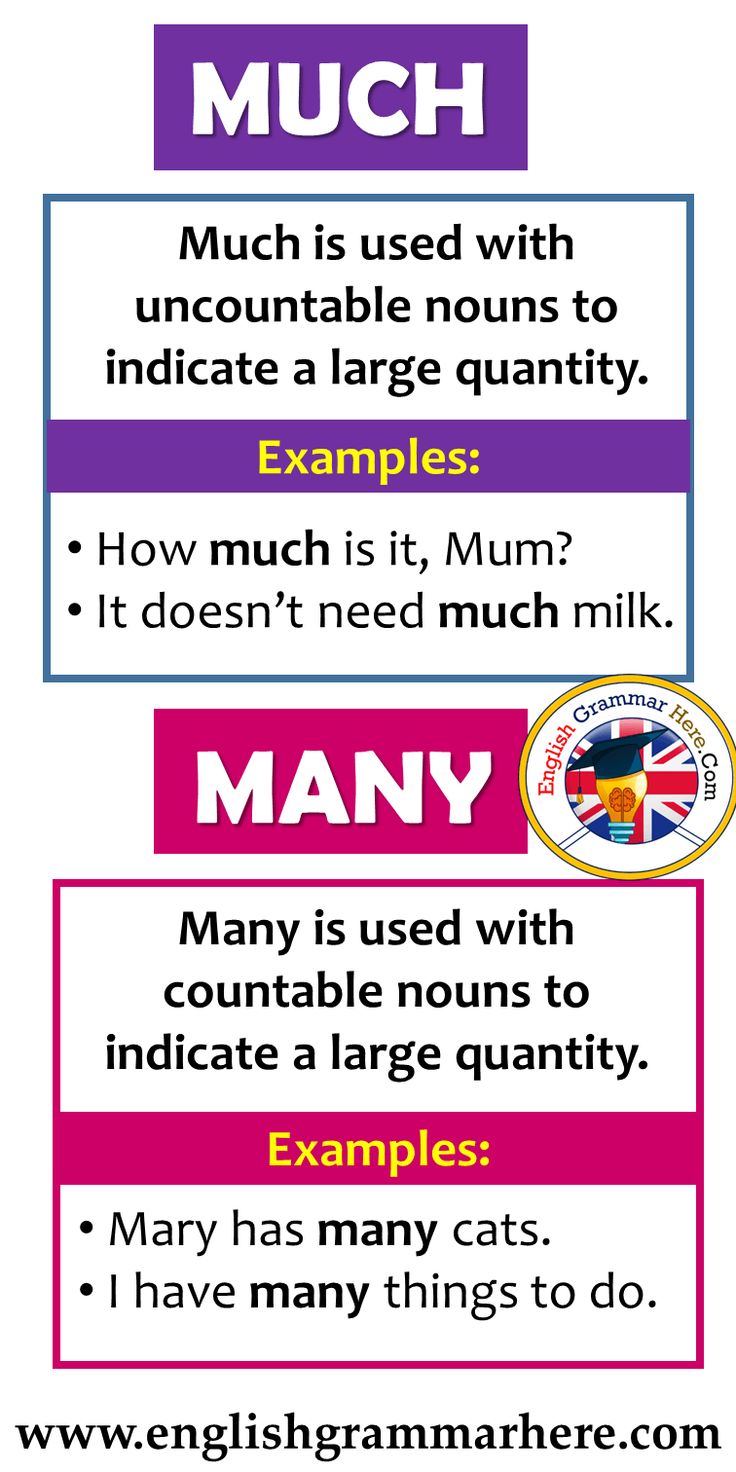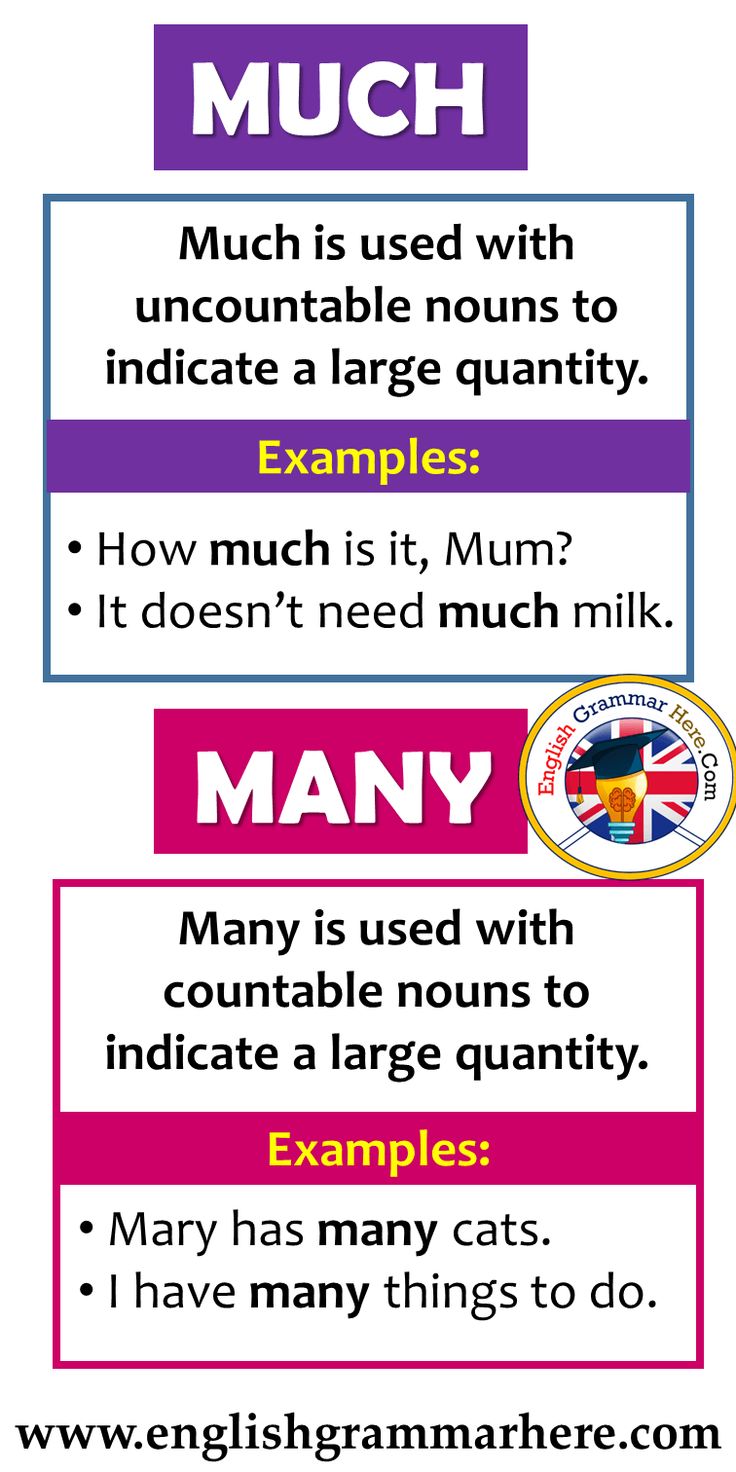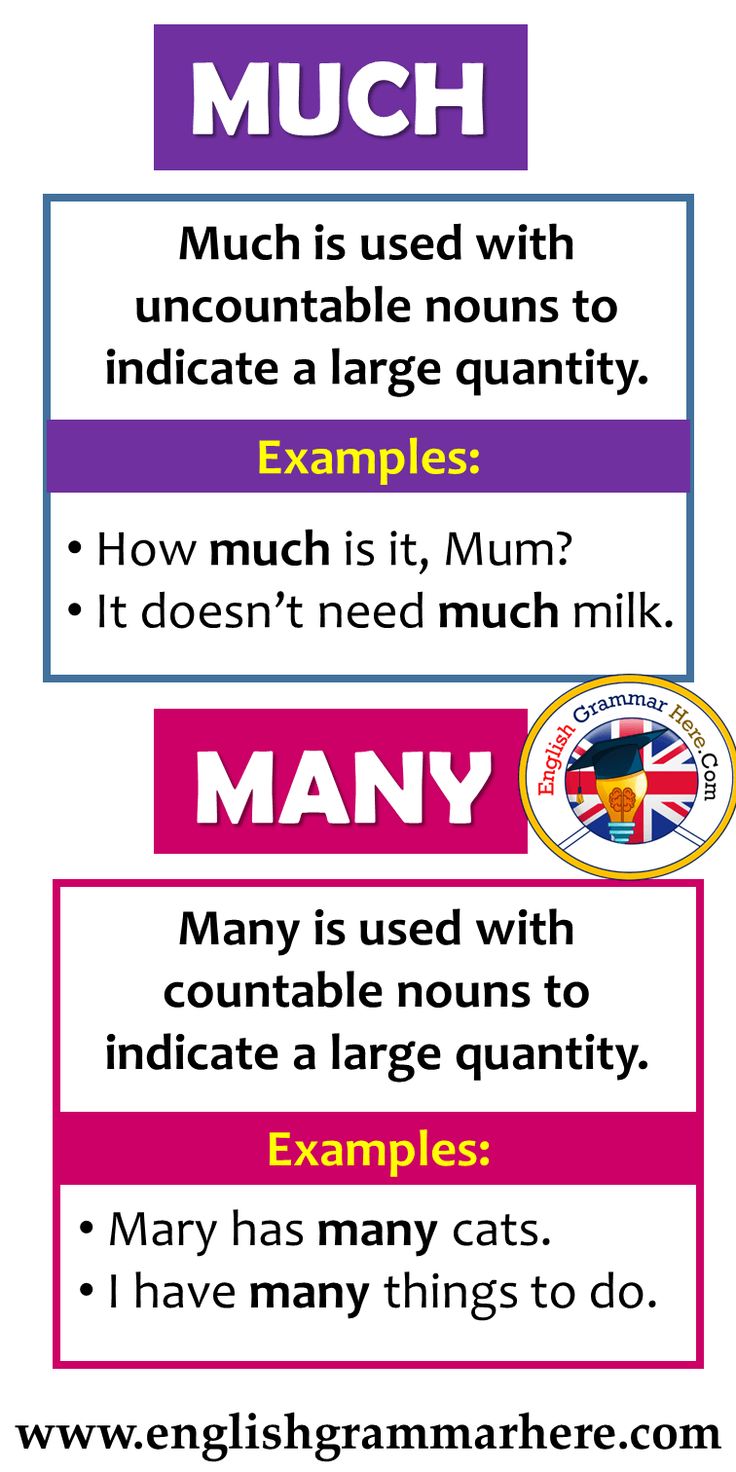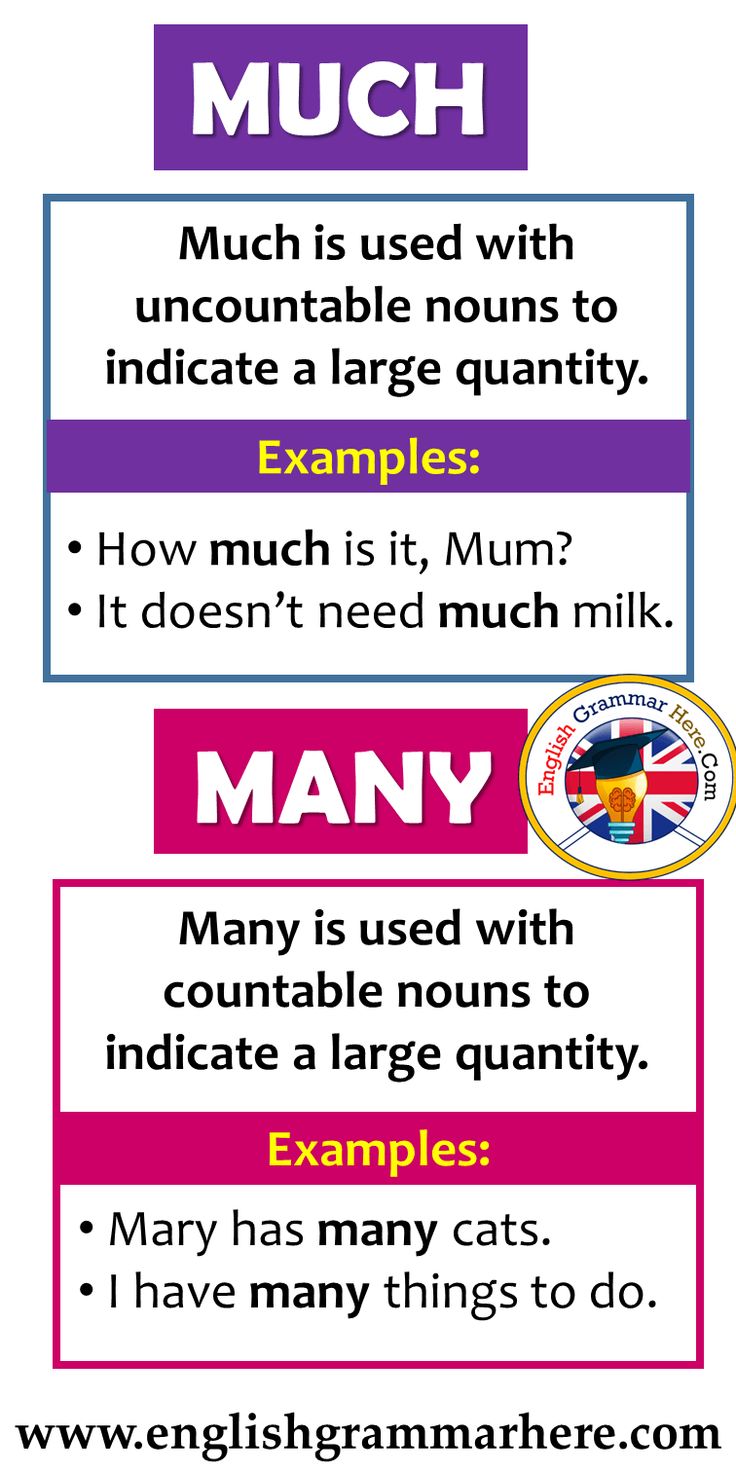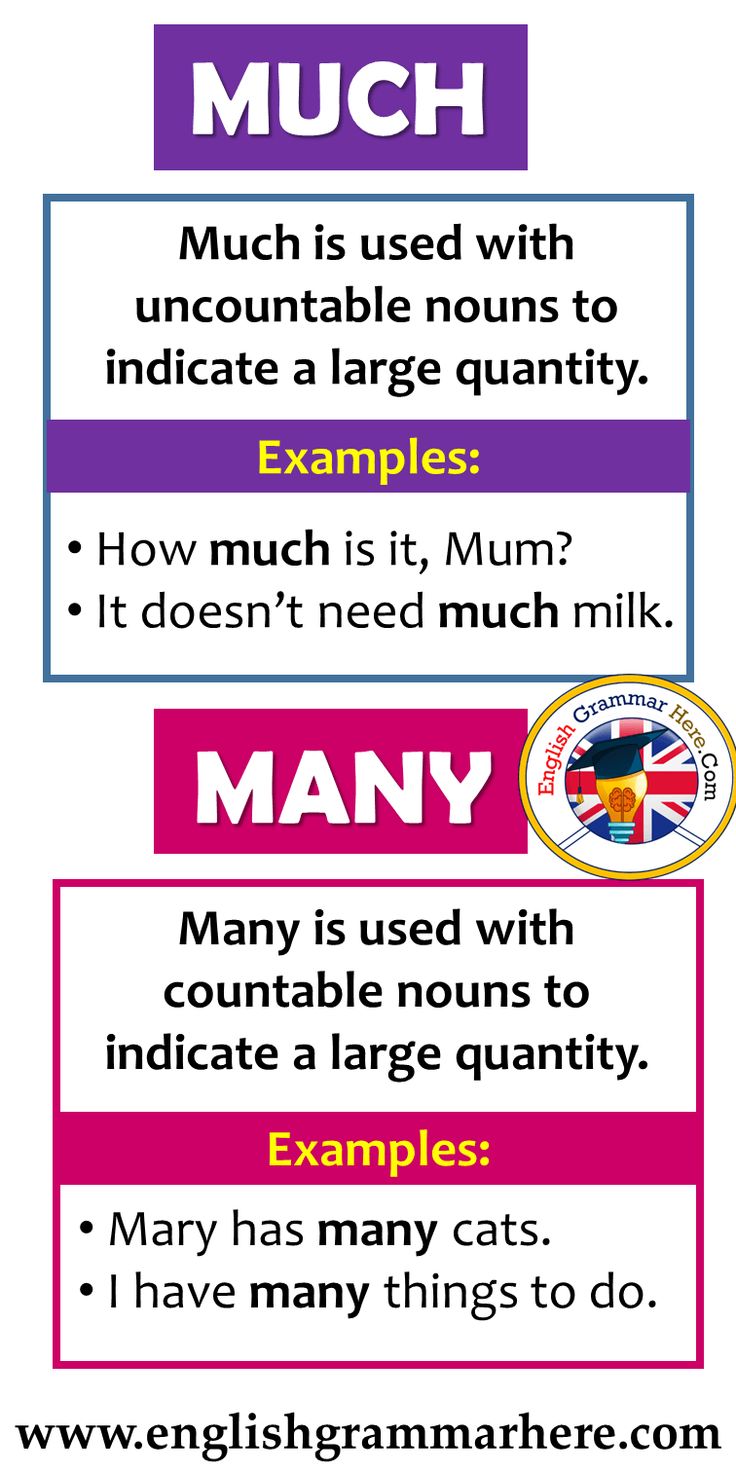How Much Does A 2019 Jeep Wrangler Rubicon 4-Door Weigh? Unpacking the Numbers
How Much Does A 2019 Jeep Wrangler Rubicon 4-Door Weigh? Unpacking the Numbers jeeps.truckstrend.com
The 2019 Jeep Wrangler Rubicon 4-Door is an icon, a vehicle synonymous with rugged capability and off-road prowess. For enthusiasts, adventurers, and practical owners alike, understanding its weight is far more than a mere numerical detail; it’s a critical piece of information that impacts everything from fuel efficiency and performance to towing capacity, payload limits, and even the vehicle’s dynamic behavior on and off the trail. Whether you’re planning a cross-country expedition, considering aftermarket modifications, or simply curious about the engineering behind this formidable machine, knowing how much a 2019 Jeep Wrangler Rubicon 4-Door weighs is the foundation.
This comprehensive guide will delve deep into the topic, breaking down the standard curb weight, exploring the various factors that influence it, and explaining why these figures are so vital to every Jeep owner.
How Much Does A 2019 Jeep Wrangler Rubicon 4-Door Weigh? Unpacking the Numbers
Understanding Curb Weight: The Baseline for Your Rubicon
When we talk about a vehicle’s weight, the most commonly cited figure is its curb weight. This essential measurement represents the total weight of a vehicle with all its standard equipment, a full tank of fuel, and all necessary fluids (engine oil, coolant, transmission fluid, etc.), but without any passengers, cargo, or aftermarket accessories. It’s the "ready-to-drive" weight straight from the factory.
For the 2019 Jeep Wrangler Rubicon 4-Door, the official curb weight varies slightly depending on the specific configuration, primarily the transmission type.
- 2019 Jeep Wrangler Rubicon 4-Door (Automatic Transmission): Approximately 4,479 pounds (lbs) or 2,032 kilograms (kg)
- 2019 Jeep Wrangler Rubicon 4-Door (Manual Transmission): Approximately 4,413 pounds (lbs) or 2,002 kilograms (kg)
As you can see, the automatic transmission adds a noticeable amount of weight due to its larger and more complex components compared to the manual gearbox. This curb weight serves as the foundational figure upon which all other weight-related calculations are based.

Factors Influencing the Rubicon’s Weight Beyond the Baseline
While the curb weight provides a starting point, several inherent design choices and optional features significantly contribute to the 2019 Rubicon’s robust nature and, consequently, its weight. Understanding these factors helps explain why a Rubicon weighs what it does and how your specific vehicle might differ.
Engine and Transmission Choices
- Engine Type: The 2019 Rubicon 4-door was primarily offered with two engine options:

- 3.6L Pentastar V6: This naturally aspirated engine is a well-proven powerplant.
- 2.0L Turbocharged I4 with eTorque: This engine, while smaller in displacement, incorporates a mild-hybrid system (eTorque) which includes a battery pack and motor-generator unit. While the 2.0L engine block itself might be lighter, the eTorque components can offset some of that saving, making the overall difference less dramatic than one might assume, though the 2.0L setup is generally slightly lighter than the V6.
- Transmission Type: As noted above, the 8-speed automatic transmission is heavier than the 6-speed manual, contributing to the higher curb weight of automatic-equipped models.

Rubicon-Specific Heavy-Duty Components
What truly sets the Rubicon apart from other Wrangler trims are its heavy-duty, off-road-specific components, all of which add significant weight:
- Dana 44 Heavy-Duty Axles: Both front and rear axles are beefier, designed to withstand the stresses of extreme off-roading. These are considerably heavier than the Dana 30 front and Dana 35/44 rear axles found on Sport or Sahara models.
- Electronic Sway Bar Disconnect: This system, crucial for maximizing wheel articulation off-road, adds a dedicated motor and associated hardware.
- Rock Rails and Skid Plates: Integrated rock rails protect the lower body, while robust skid plates shield critical components like the fuel tank, transfer case, and transmission. These are made of heavy-gauge steel.
- Larger Tires and Wheels: The Rubicon comes standard with 33-inch BFGoodrich All-Terrain T/A KO2 tires, mounted on 17-inch wheels. These larger, more aggressive tires and the associated wheel designs are heavier than the smaller, less aggressive tires on other trims.
- Heavy-Duty Suspension Components: While often overlooked, the Rubicon’s suspension is designed for durability under harsh conditions, utilizing stronger springs, shocks, and control arms that contribute to its overall mass.
Body and Top Configurations
- Hardtop vs. Soft Top: The removable hardtop, particularly the three-piece modular Freedom Top, is substantially heavier than the soft top. Owners often swap between them, directly impacting the vehicle’s weight.
- Steel Bumper Group (Optional): Many Rubicons are equipped with the optional steel front and rear bumpers, which are much heavier and more robust than the standard plastic/composite bumpers. This option alone can add well over 100 pounds.
- Other Options: Features like the premium audio system, larger Uconnect screens, and additional power accessories add minor, cumulative weight.
Why Does Weight Matter? Practical Implications for Owners
Understanding your Jeep’s weight isn’t just for trivia night. It has tangible implications for how your vehicle performs and what you can do with it.
- Fuel Economy: A heavier vehicle requires more energy to move, directly translating to lower miles per gallon (MPG). Every extra pound your Jeep carries will slightly reduce its fuel efficiency.
- Performance: Weight affects acceleration, braking distance, and handling. A heavier vehicle will accelerate slower and require longer distances to stop. Its center of gravity will also influence body roll and stability, especially when cornering or on uneven terrain.
- Off-Roading Dynamics: While the Rubicon is built to be heavy-duty, excessive weight can be detrimental off-road. It can lead to increased stress on components, make it easier to get stuck in soft terrain, and affect approach/departure angles by compressing the suspension. However, the Rubicon’s weight also contributes to its stability on challenging trails.
- Towing and Payload Capacity: This is perhaps where weight matters most for practical use.
- Payload Capacity: This is the maximum weight of passengers and cargo your Jeep can safely carry. It’s calculated by subtracting the vehicle’s curb weight from its Gross Vehicle Weight Rating (GVWR).
- Towing Capacity: The maximum weight a vehicle is rated to tow. The vehicle’s curb weight, GVWR, and Gross Combined Weight Rating (GCWR) all play a role in determining how much you can safely pull.
- Shipping and Transport: If you ever need to ship your Jeep, say overseas or across the country, its weight will be a primary factor in determining shipping costs.
Calculating Your Jeep’s Actual Weight: Beyond Curb Weight
While curb weight is the starting point, your Jeep’s actual weight on any given day will be higher due to passengers, cargo, and any aftermarket modifications. To truly understand your vehicle’s limits, you need to be familiar with these terms:
- Gross Vehicle Weight Rating (GVWR): This is the maximum permissible total weight of your fully loaded vehicle, including the vehicle itself, all fluids, passengers, and cargo. You can find your Jeep’s specific GVWR on a sticker located on the driver’s side door jamb. For a 2019 Rubicon 4-Door, the GVWR is typically around 5,800 lbs.
- Payload Capacity: As mentioned, this is simply GVWR – Curb Weight. For a 2019 Rubicon 4-Door with automatic transmission (4,479 lbs curb weight) and a 5,800 lbs GVWR, the approximate payload capacity would be 1,321 lbs. This means you can safely carry 1,321 lbs of people and gear.
- Gross Combined Weight Rating (GCWR): This is the maximum permissible total weight of your fully loaded vehicle plus any attached trailer and its cargo. This figure is crucial for safe towing. For a 2019 Rubicon 4-Door, the maximum towing capacity is typically 3,500 lbs.
Practical Steps to Determine Your Jeep’s Weight:
The best way to know your actual loaded weight is to visit a certified public scale, often found at truck stops (look for CAT scales). Drive your Jeep onto the scale with your typical load (passengers, gear, full tank of gas) to get an accurate reading. This is especially important if you’ve added significant aftermarket modifications like steel bumpers, winches, roof racks, or larger tires, as these additions can quickly eat into your payload capacity.
Tips for Managing Your Jeep’s Weight
While you can’t change the factory curb weight, you can manage the weight you add:
- Declutter: Remove unnecessary items from your Jeep. That recovery gear you only use once a year might be better stored in the garage until needed.
- Choose Wisely: If installing aftermarket parts, consider the weight implications. Aluminum bumpers are lighter than steel, synthetic winch lines are lighter than steel cables, and lighter wheel options exist.
- Distribute Weight: When loading your Jeep for an adventure, distribute weight evenly to maintain balance and stability, especially for off-roading. Keep heavier items low and centered.
- Don’t Overload: Always respect your Jeep’s GVWR and payload capacity. Overloading can be dangerous, lead to premature wear on components, and even void warranties.
Challenges and Considerations
The Rubicon’s weight is a trade-off. It’s heavier than other Wranglers because it’s built to be exceptionally capable and durable. This robustness is its strength, but it comes with the inherent challenges of managing a heavier vehicle. Owners must balance the desire for ultimate capability with the practical realities of fuel consumption, handling, and load limits.
Table: 2019 Jeep Wrangler Rubicon 4-Door Weight and Capacities Summary
| Measurement Category | Description | Value (Automatic Transmission) | Value (Manual Transmission) |
|---|---|---|---|
| Curb Weight | Vehicle with all standard equipment, full fluids, no passengers/cargo | ~4,479 lbs (2,032 kg) | ~4,413 lbs (2,002 kg) |
| Gross Vehicle Weight Rating (GVWR) | Max permissible total weight of the vehicle (including passengers & cargo) | ~5,800 lbs (2,631 kg) | ~5,800 lbs (2,631 kg) |
| Approx. Payload Capacity | Max weight of passengers and cargo (GVWR – Curb Weight) | ~1,321 lbs (599 kg) | ~1,387 lbs (629 kg) |
| Max. Towing Capacity | Max weight vehicle can safely tow (with proper equipment) | 3,500 lbs (1,588 kg) | 3,500 lbs (1,588 kg) |
| Gross Combined Weight Rating (GCWR) | Max total weight of vehicle + trailer + cargo (varies by configuration) | Not explicitly published, depends on actual load and trailer type. Generally, GVWR + Max Towing. | Not explicitly published, depends on actual load and trailer type. Generally, GVWR + Max Towing. |
Note: All values are approximate and can vary slightly based on specific factory options and configurations. Always refer to your vehicle’s door jamb sticker for precise figures.
Frequently Asked Questions (FAQ) about the 2019 Jeep Wrangler Rubicon 4-Door Weight
Q1: Is the 4-door Rubicon significantly heavier than the 2-door Rubicon?
A1: Yes, the 2019 Rubicon 4-door is considerably heavier than its 2-door counterpart. The 2-door Rubicon’s curb weight is typically around 4,160 lbs, making the 4-door roughly 300-350 lbs heavier due to the longer wheelbase, additional body panels, and extra seating.
Q2: Does choosing the soft top instead of the hardtop save a lot of weight?
A2: Yes, swapping from the factory hardtop to a soft top can save a significant amount of weight, typically between 80-100 pounds. This can be beneficial for fuel economy and off-road performance.
Q3: How much weight does adding aftermarket steel bumpers and a winch add?
A3: Aftermarket steel bumpers and a winch can add substantial weight. A full steel front bumper can weigh 80-150 lbs, a rear bumper another 50-100 lbs, and a winch typically adds 50-100 lbs. Together, these popular modifications can easily add 200-350+ pounds to your Jeep’s curb weight.
Q4: Does the 2.0L turbocharged engine make the Rubicon much lighter than the 3.6L V6?
A4: While the 2.0L engine is inherently lighter, the addition of the eTorque mild-hybrid system (battery, motor-generator) offsets some of that weight saving. The overall difference in curb weight between comparable 2.0L and 3.6L Rubicon 4-doors is typically minor, often less than 50-100 lbs, with the 2.0L being slightly lighter.
Q5: Why is the Rubicon trim heavier than other Wrangler trims like the Sport or Sahara?
A5: The Rubicon is heavier because it’s equipped with significantly more robust and heavy-duty components specifically designed for extreme off-road use. These include larger, stronger Dana 44 axles, electronic sway bar disconnect, rock rails, additional skid plates, and larger tires/wheels, all of which add substantial mass compared to the lighter-duty components on other trims.
Q6: Can I increase my Jeep’s payload or towing capacity?
A6: No, the Gross Vehicle Weight Rating (GVWR) and Gross Combined Weight Rating (GCWR) are set by the manufacturer and cannot be legally increased. While aftermarket modifications can enhance strength, they do not change the official ratings. Exceeding these ratings can compromise safety, handling, and lead to legal issues or voided warranties.
Conclusion
The 2019 Jeep Wrangler Rubicon 4-Door is a formidable machine, and its weight is a testament to its robust, off-road-ready construction. With a curb weight typically ranging from 4,413 to 4,479 pounds, it’s a substantial vehicle designed for tackling the toughest trails. Understanding this baseline weight, along with the impact of various options and aftermarket additions, is crucial for every owner. From ensuring safe towing and maximizing payload to simply being aware of your fuel consumption, knowing your Jeep’s weight empowers you to make informed decisions and truly appreciate the engineering that goes into this iconic vehicle. Always refer to your specific vehicle’s door jamb sticker for the most accurate and critical weight ratings, and remember that every pound counts when you’re pushing the limits on an adventure.

